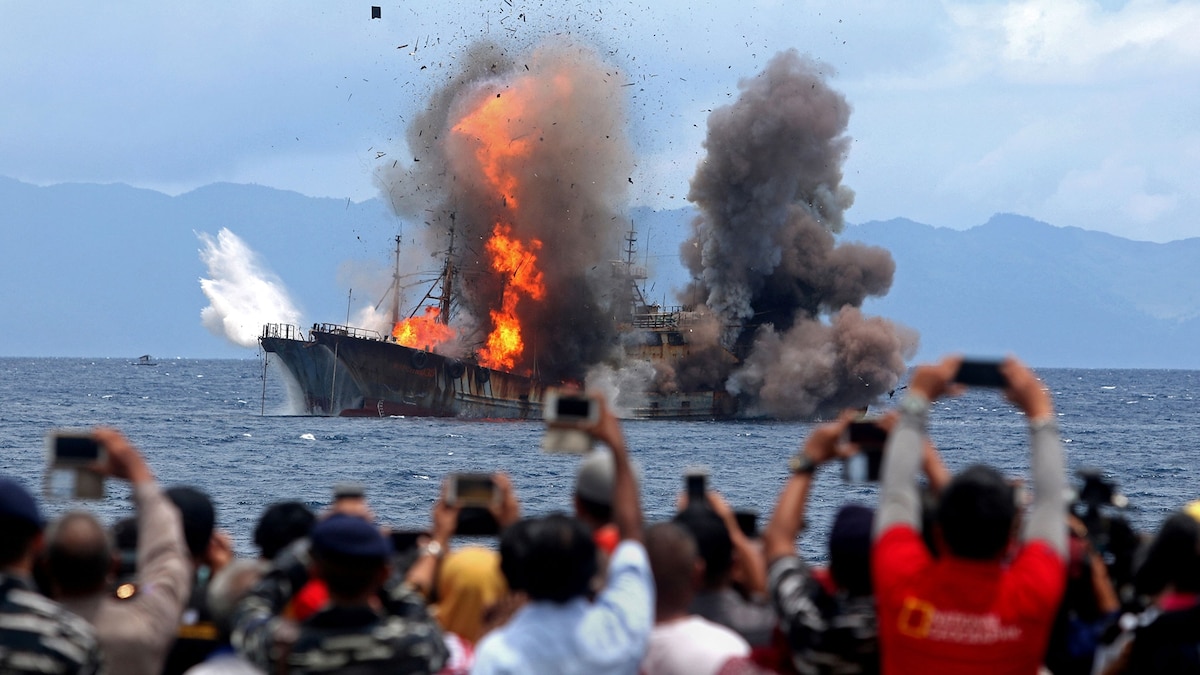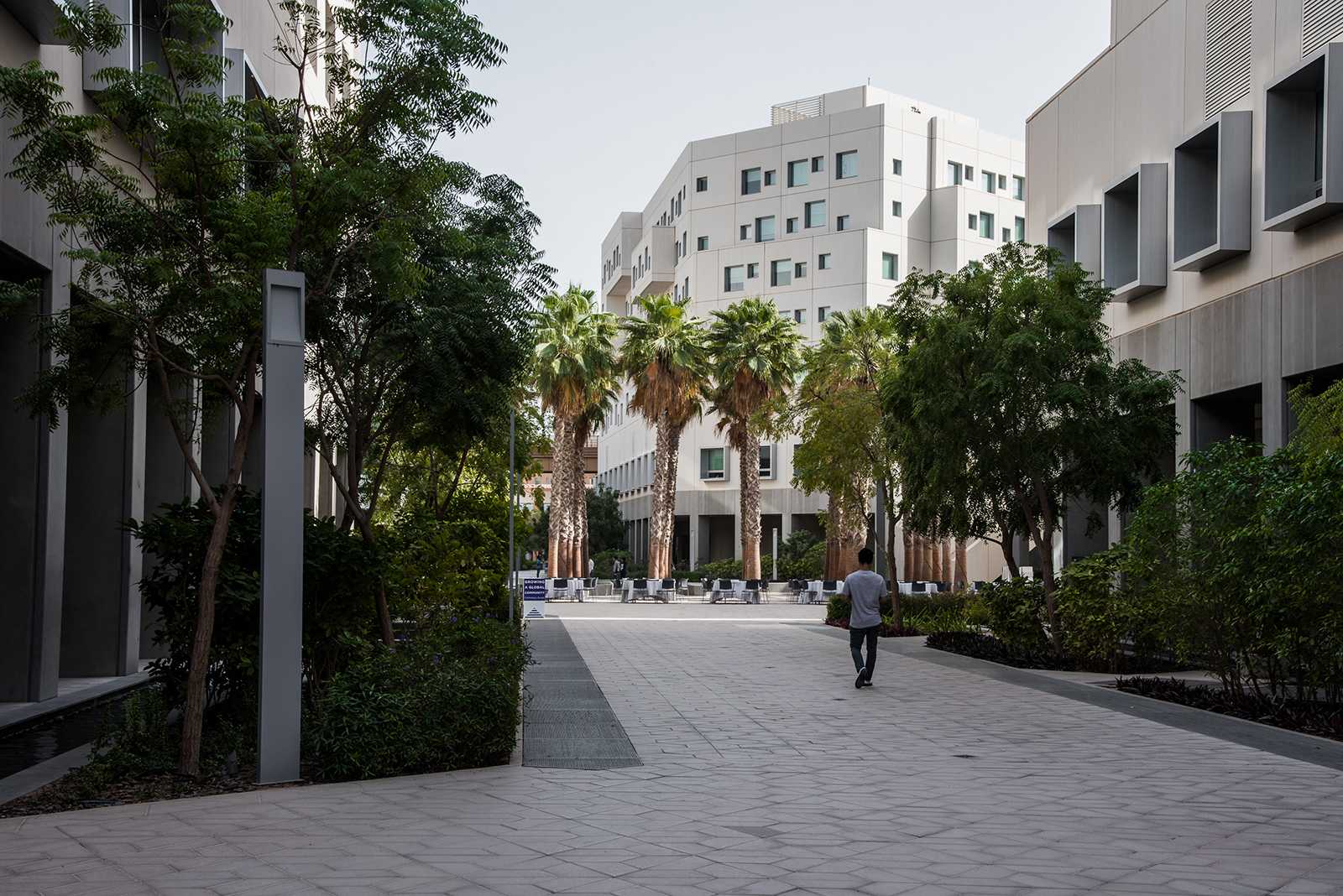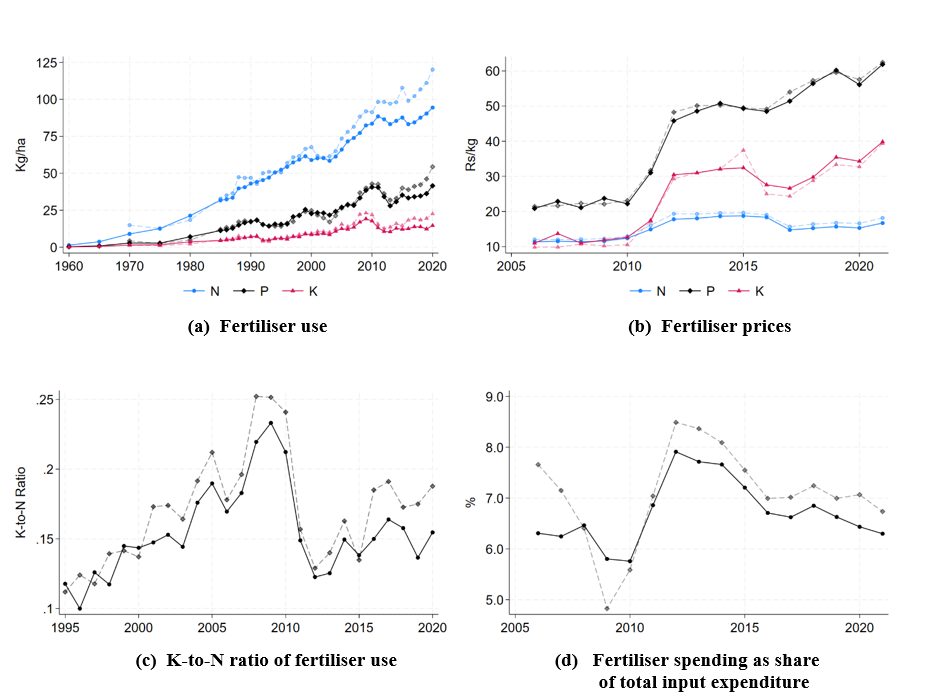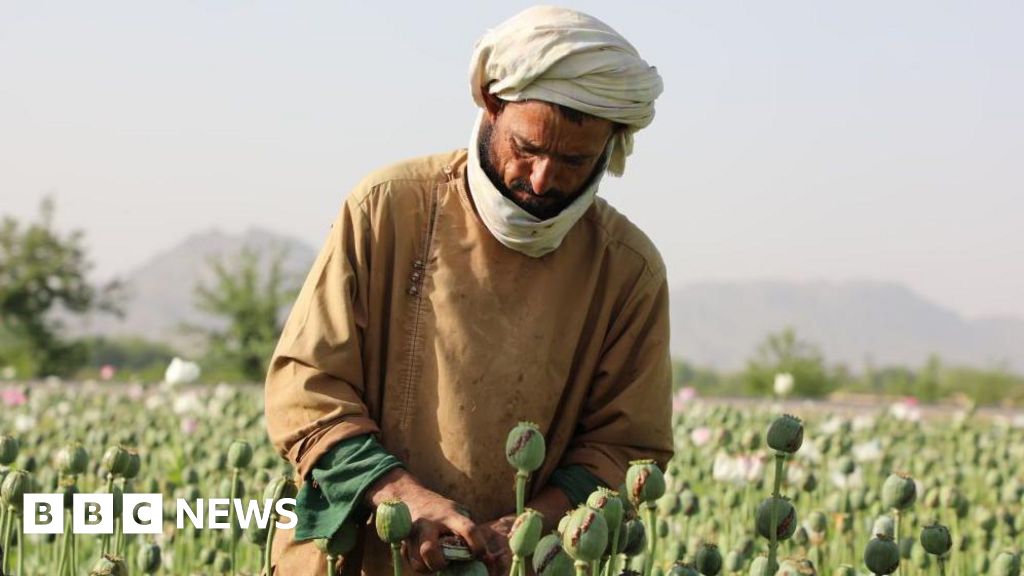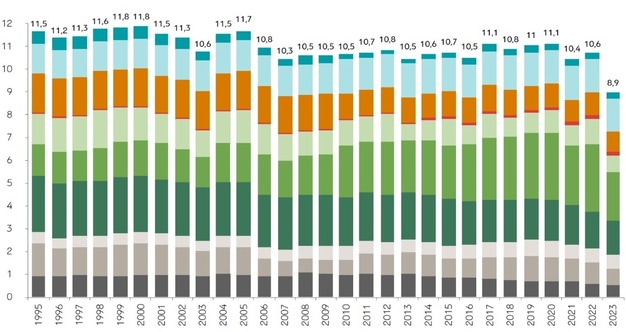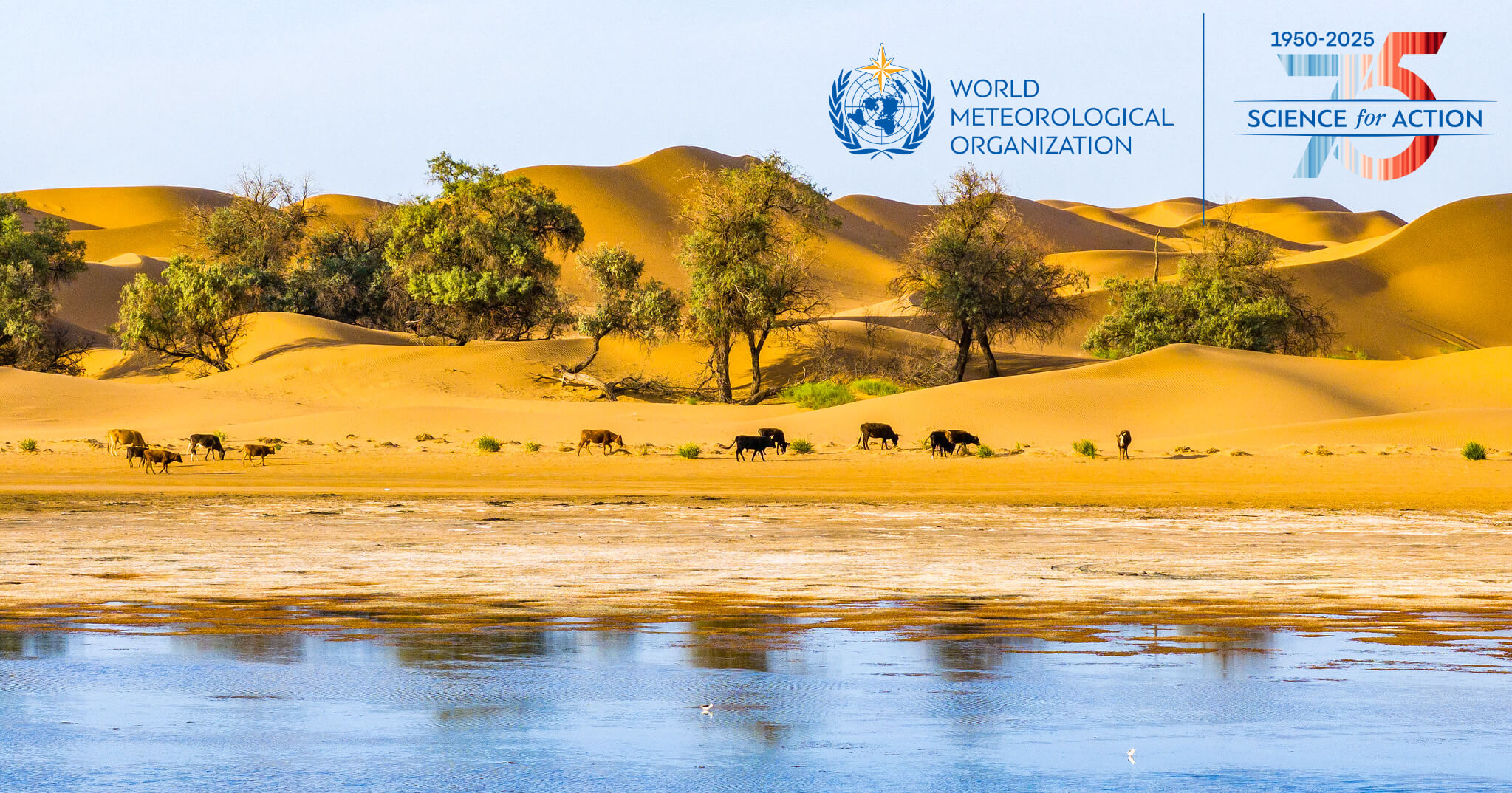Trade plays a much smaller role in China’s economy than it did a few decades ago – Our World in Data

Global Progress and Regional Stagnation in Achieving Sustainable Development Goal 1 (No Poverty)
Global Trends in Poverty Reduction
- Global efforts to achieve Sustainable Development Goal 1 (SDG 1: No Poverty) have yielded significant results.
- The share of the world’s population living in extreme poverty has seen a substantial decline, falling from 38% in 1990 to 9% in 2024.
- This trend indicates considerable progress toward Target 1.1 of the 2030 Agenda for Sustainable Development, which aims to eradicate extreme poverty for all people everywhere.
Regional Disparities and Challenges to SDG 1
Despite global advancements, progress has been uneven, with several nations failing to reduce poverty levels. This disparity presents a major challenge to the universal achievement of SDG 1.
- A critical analysis reveals a lack of progress in several Southeast African countries, including:
- Zambia
- Malawi
- Mozambique
- Madagascar
The Interdependence of SDG 1 and SDG 8 (Decent Work and Economic Growth)
The primary factor contributing to persistent poverty in these regions is the absence of sustained economic growth, underscoring the interconnected nature of the Sustainable Development Goals.
- The lack of economic development directly contravenes the objectives of SDG 8 (Decent Work and Economic Growth), which seeks to promote sustained, inclusive, and sustainable economic growth.
- The experience of these countries demonstrates that achieving SDG 1 is fundamentally dependent on making progress on SDG 8. Without economic growth, nations lack the capacity to lift their populations out of poverty.
Implications for the 2030 Agenda for Sustainable Development
Current economic trends in the world’s poorest nations cast doubt on the feasibility of ending extreme poverty by 2030.
- Historically, global poverty reduction was driven by strong economic growth in countries that were once home to the majority of the world’s poor.
- The contemporary challenge is that a significant proportion of the world’s poorest now reside in economies that have experienced decades of stagnation.
- Therefore, the successful realization of SDG 1 is contingent upon stimulating economic growth (SDG 8) in these specific regions. Failure to do so will not only prevent the eradication of poverty but also exacerbate global inequalities, undermining SDG 10 (Reduced Inequalities).
SDGs, Targets, and Indicators Analysis
1. Which SDGs are addressed or connected to the issues highlighted in the article?
-
SDG 1: No Poverty
- This is the primary SDG addressed. The article’s central theme is the global state of “extreme poverty,” its decline, and its persistence in specific regions. The text explicitly discusses “the share of the population living in extreme poverty” and the goal to “end extreme poverty.”
-
SDG 8: Decent Work and Economic Growth
- This SDG is directly connected as the article identifies the cause of persistent poverty. It states, “Poverty has remained high because these economies have not achieved economic growth in recent decades.” This links the goal of poverty eradication directly to the necessity of economic growth.
2. What specific targets under those SDGs can be identified based on the article’s content?
-
Target 1.1: Eradicate extreme poverty
- The article is entirely focused on this target. It discusses the global progress towards ending extreme poverty, mentioning that the share of people in this condition fell from “38% in 1990 to 9% in 2024.” It also highlights the challenge of achieving this target in countries like Zambia, Malawi, Mozambique, and Madagascar, where “most people still live in extreme poverty.”
-
Target 8.1: Sustain per capita economic growth
- This target is identified as the key mechanism for achieving Target 1.1. The article argues that “Whether or not the economies that are home to the poorest people in the world start to grow will determine whether the world ends extreme poverty.” The lack of progress in certain countries is attributed to the fact that they “have not achieved economic growth.”
3. Are there any indicators mentioned or implied in the article that can be used to measure progress towards the identified targets?
-
Indicator 1.1.1: Proportion of the population living below the international poverty line
- The article directly provides data for this indicator. It quantifies the global progress by stating, “the share of the population living in extreme poverty has declined fast, from 38% in 1990 to 9% in 2024.” It also provides a qualitative measure for specific countries, noting that in Zambia, Malawi, Mozambique, and Madagascar, “most people still live in extreme poverty.”
-
Indicator 8.1.1: Annual growth rate of real GDP per capita
- This indicator is strongly implied as the core reason for the lack of poverty reduction in some nations. While the article does not provide specific GDP growth percentages, it repeatedly states that certain “economies have not achieved economic growth in recent decades” and that some of the “poorest people live in economies that have not grown in decades.” This directly refers to a stagnant or negative annual growth rate.
4. Summary Table of SDGs, Targets, and Indicators
| SDGs | Targets | Indicators |
|---|---|---|
| SDG 1: No Poverty | Target 1.1: By 2030, eradicate extreme poverty for all people everywhere. | Indicator 1.1.1: Proportion of the population living below the international poverty line (mentioned as “share of the population living in extreme poverty”). |
| SDG 8: Decent Work and Economic Growth | Target 8.1: Sustain per capita economic growth in accordance with national circumstances. | Indicator 8.1.1: Annual growth rate of real GDP per capita (implied by the statement that economies “have not achieved economic growth”). |
Source: ourworldindata.org

What is Your Reaction?
 Like
0
Like
0
 Dislike
0
Dislike
0
 Love
0
Love
0
 Funny
0
Funny
0
 Angry
0
Angry
0
 Sad
0
Sad
0
 Wow
0
Wow
0
























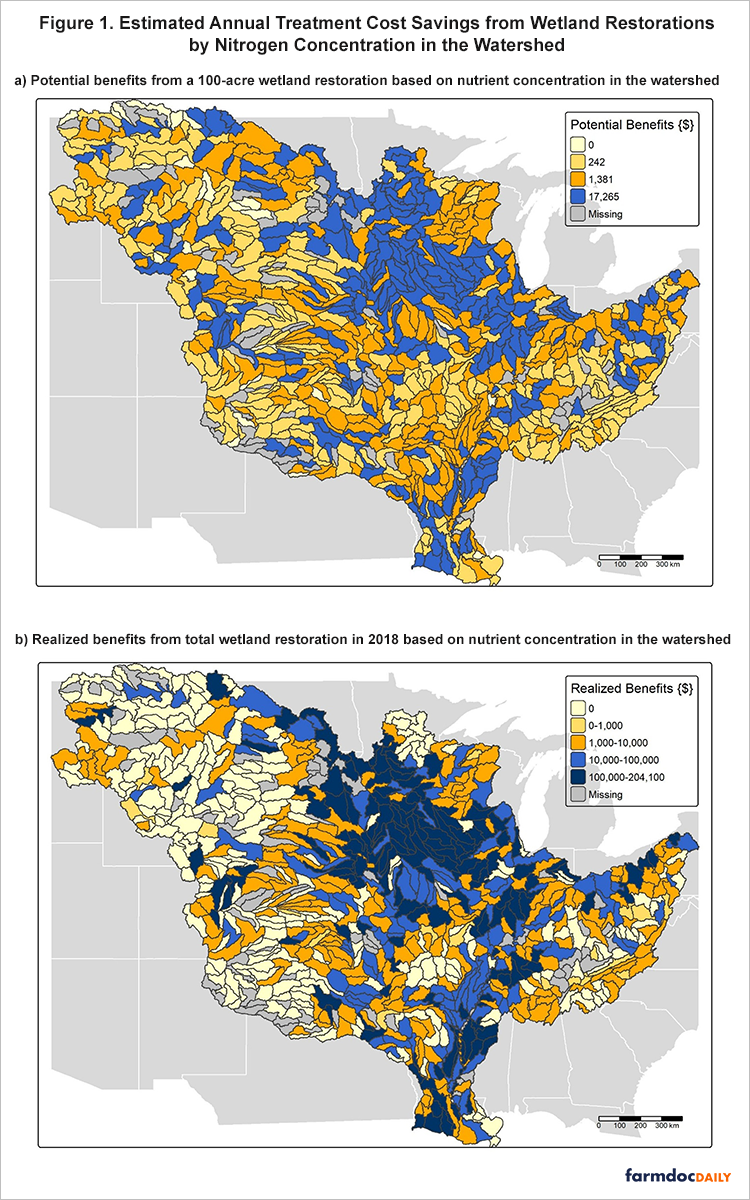
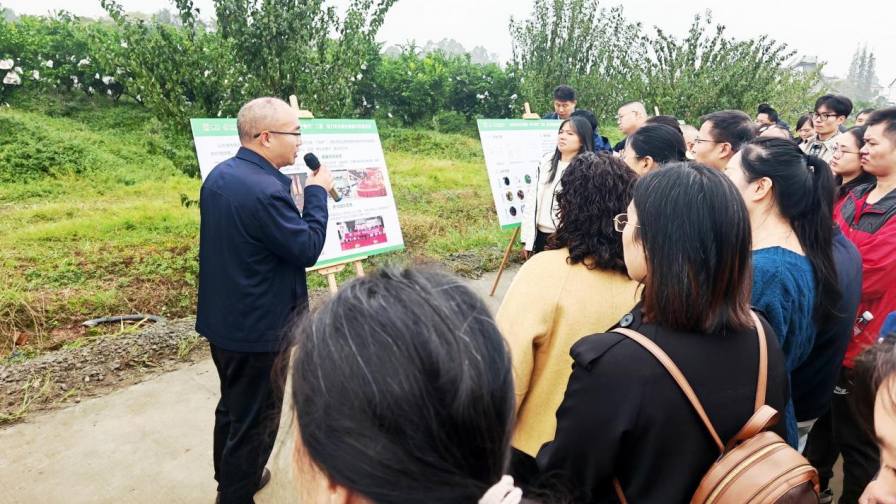





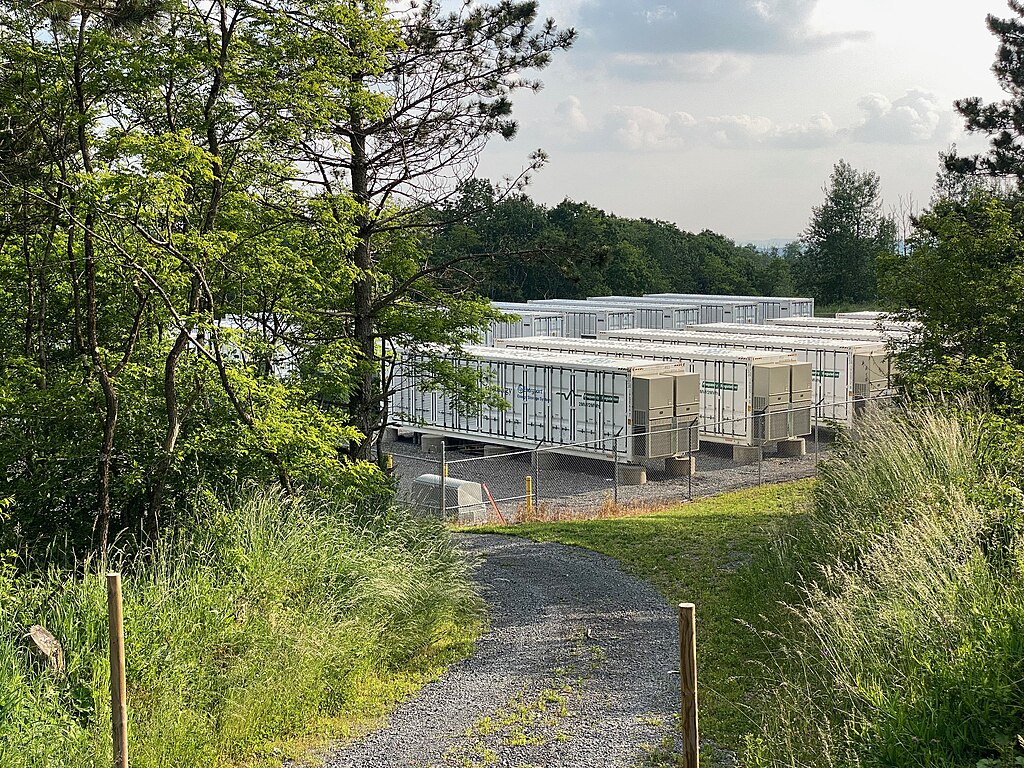
_2.png?#)










